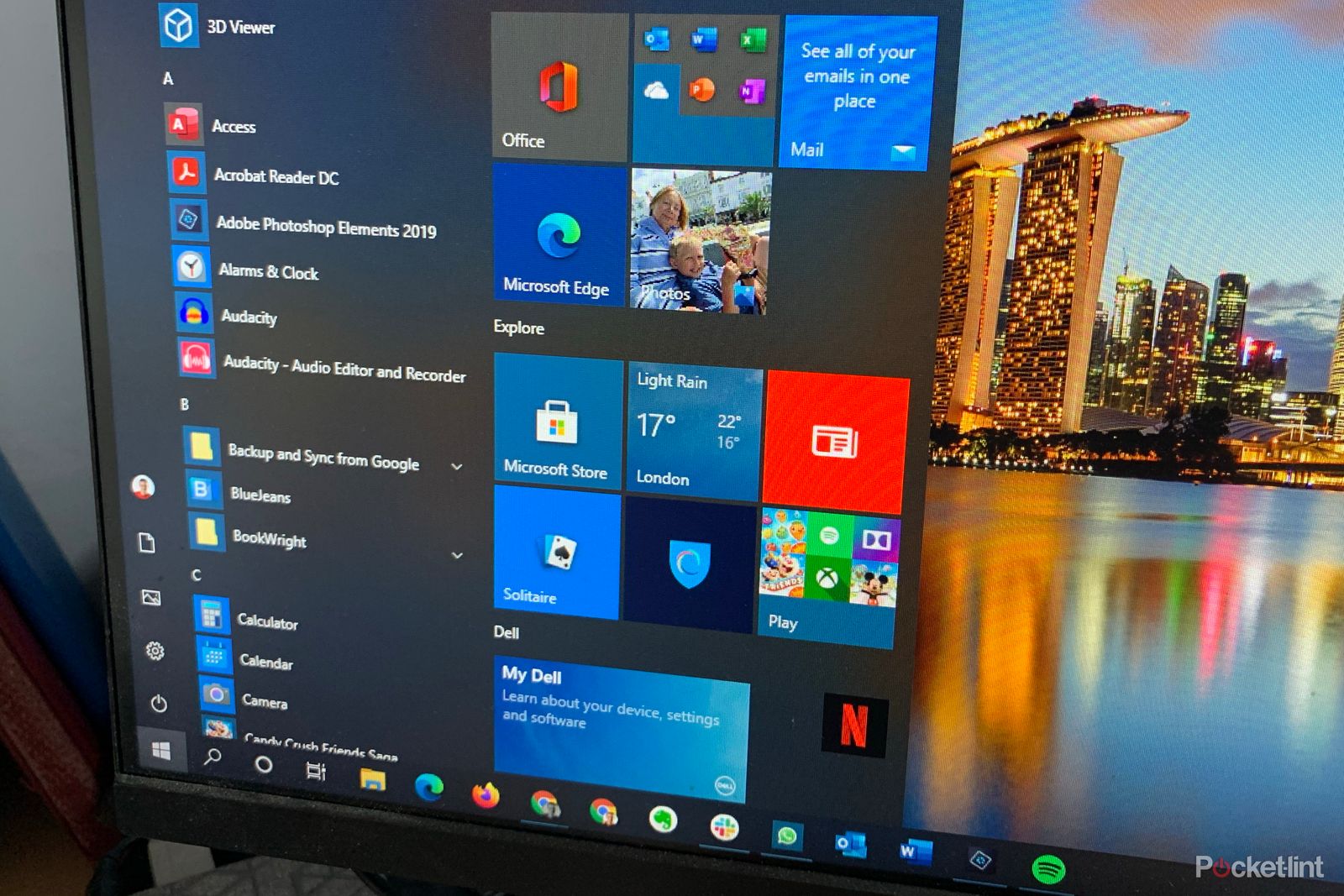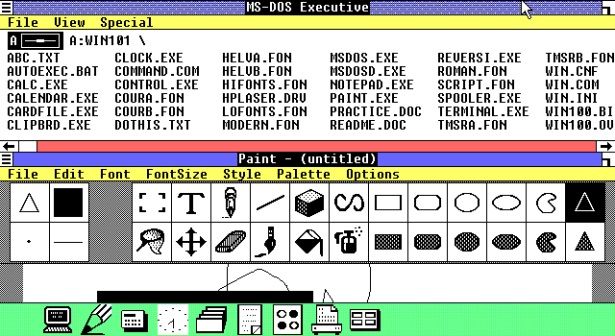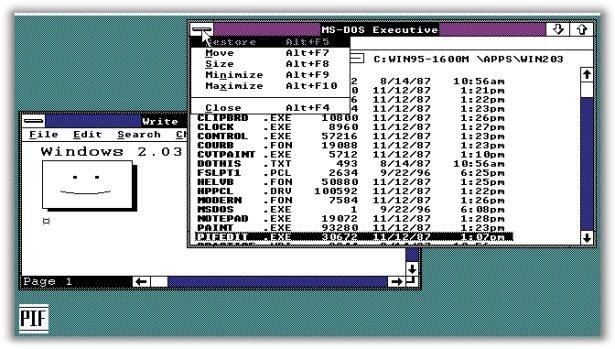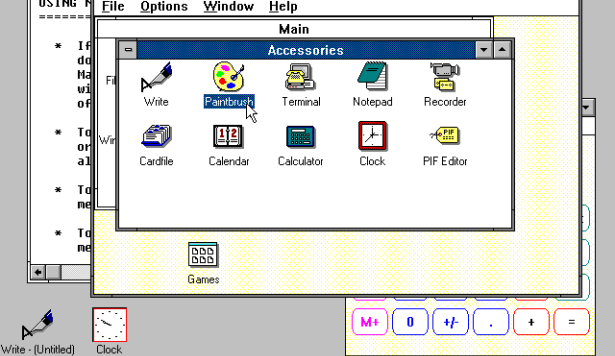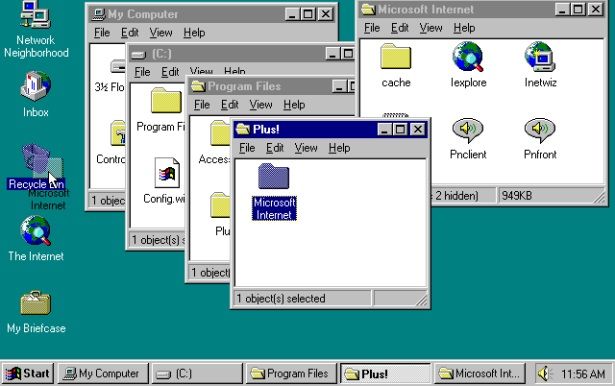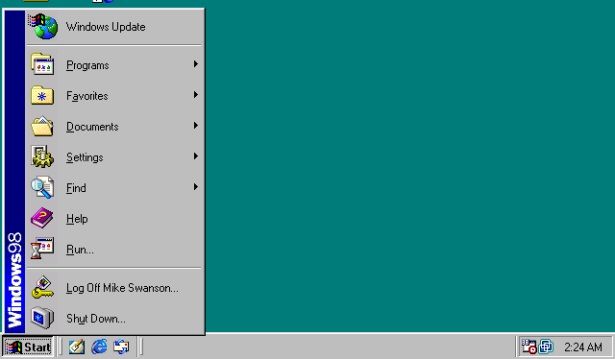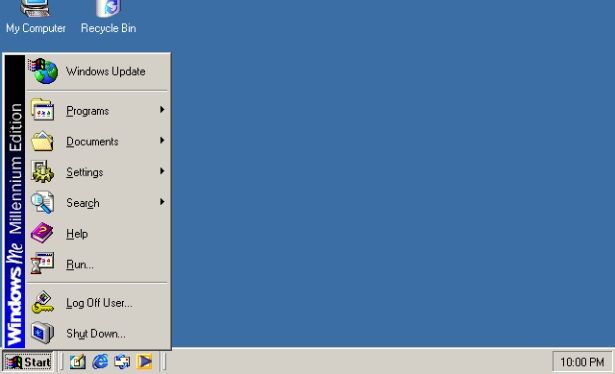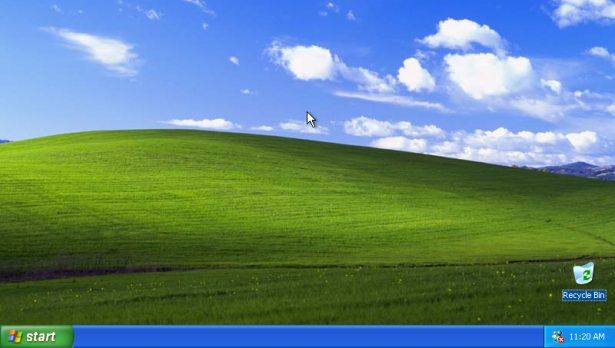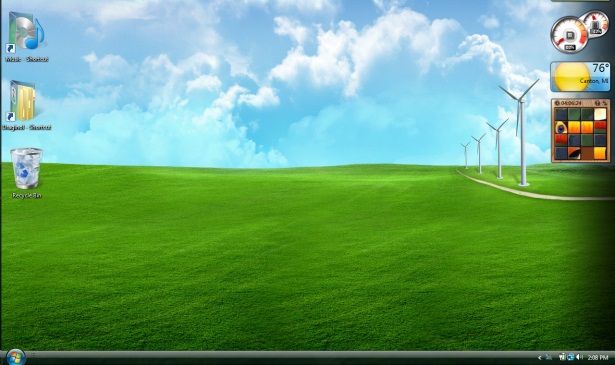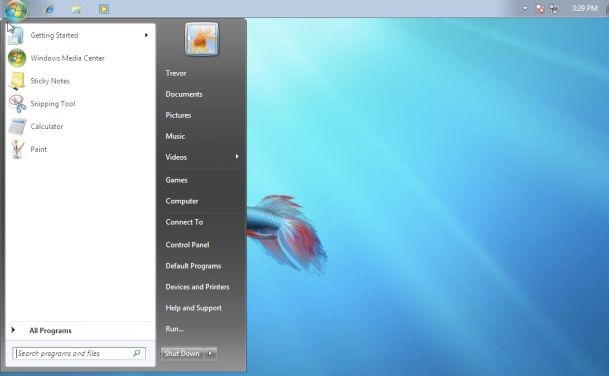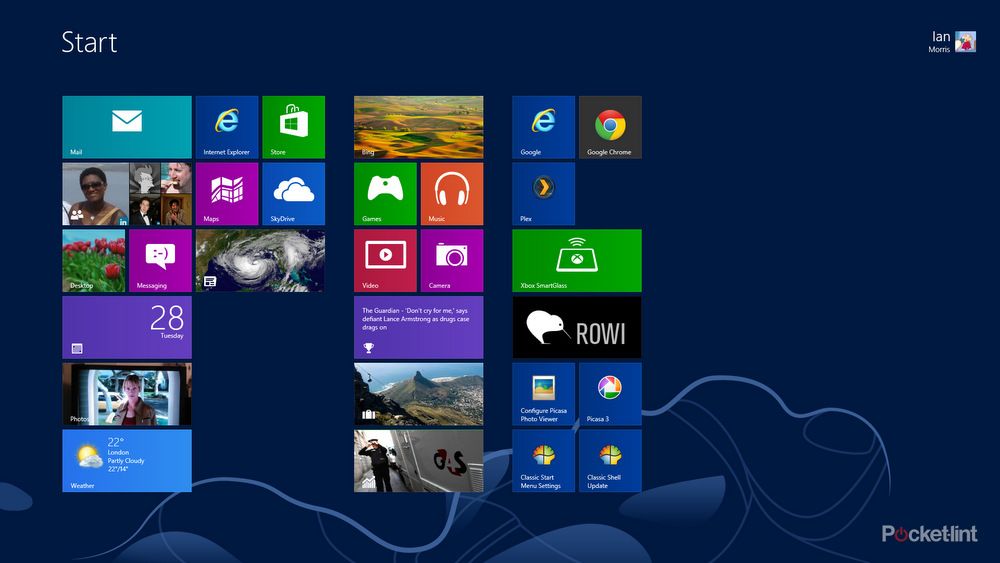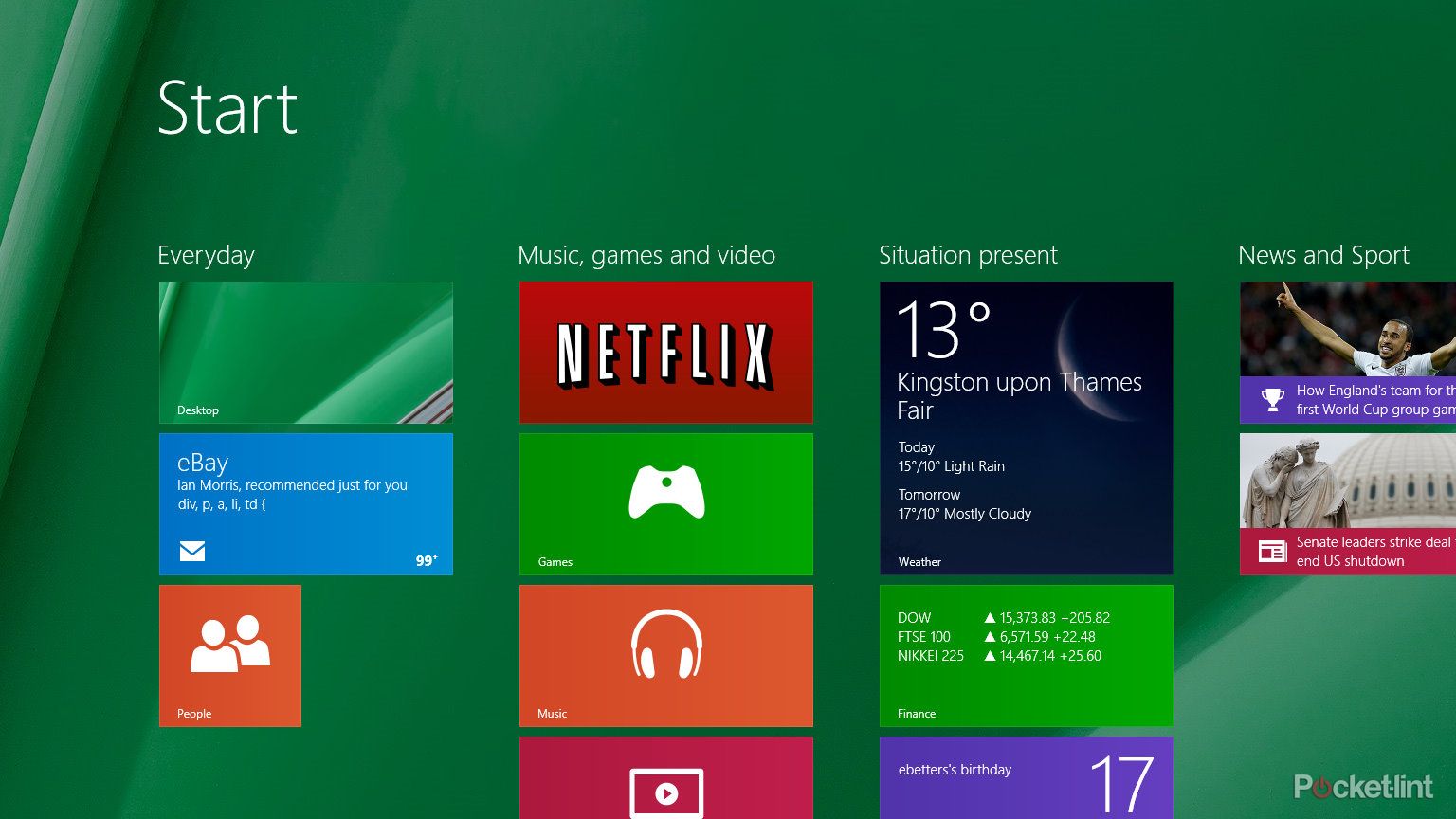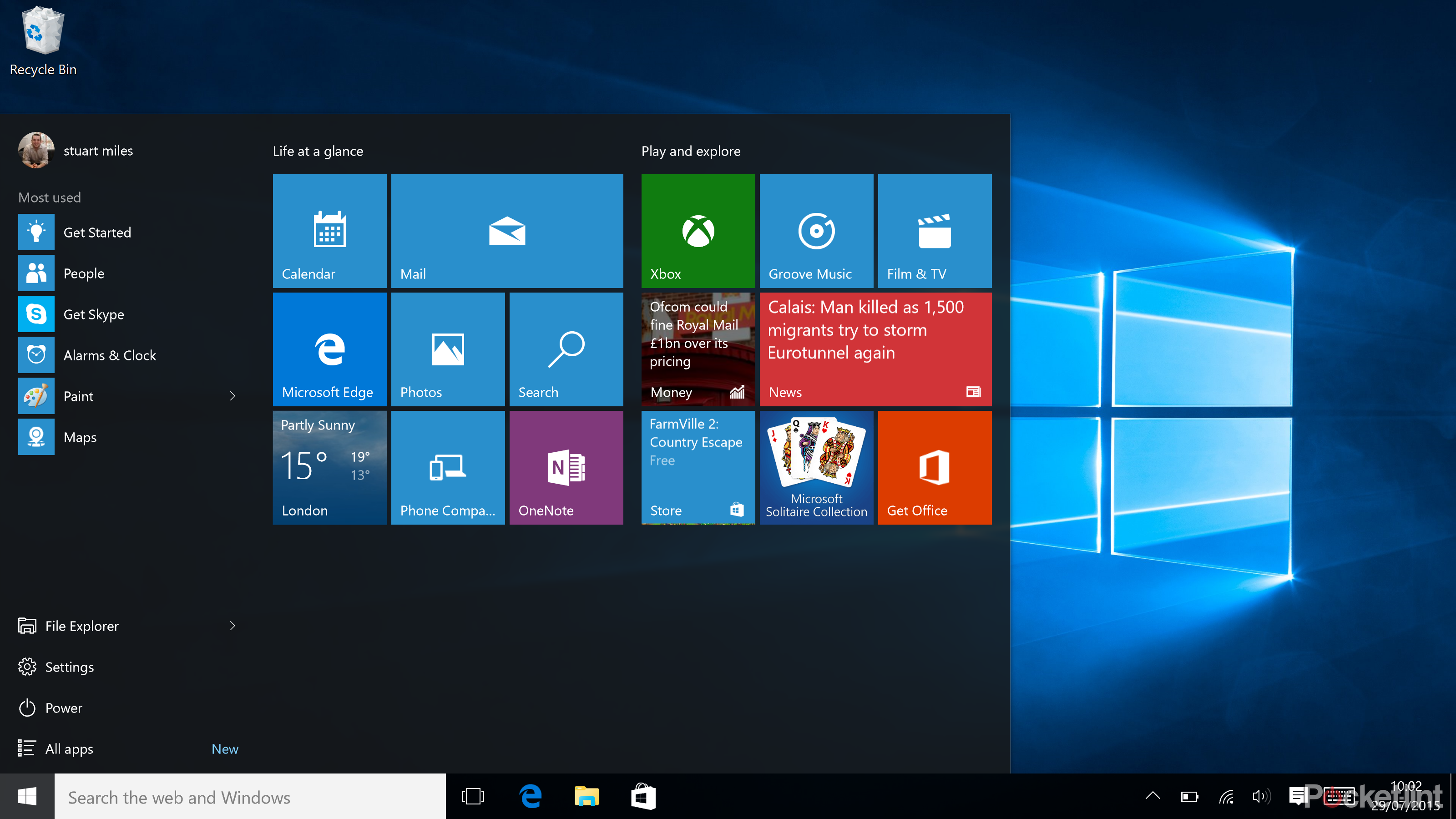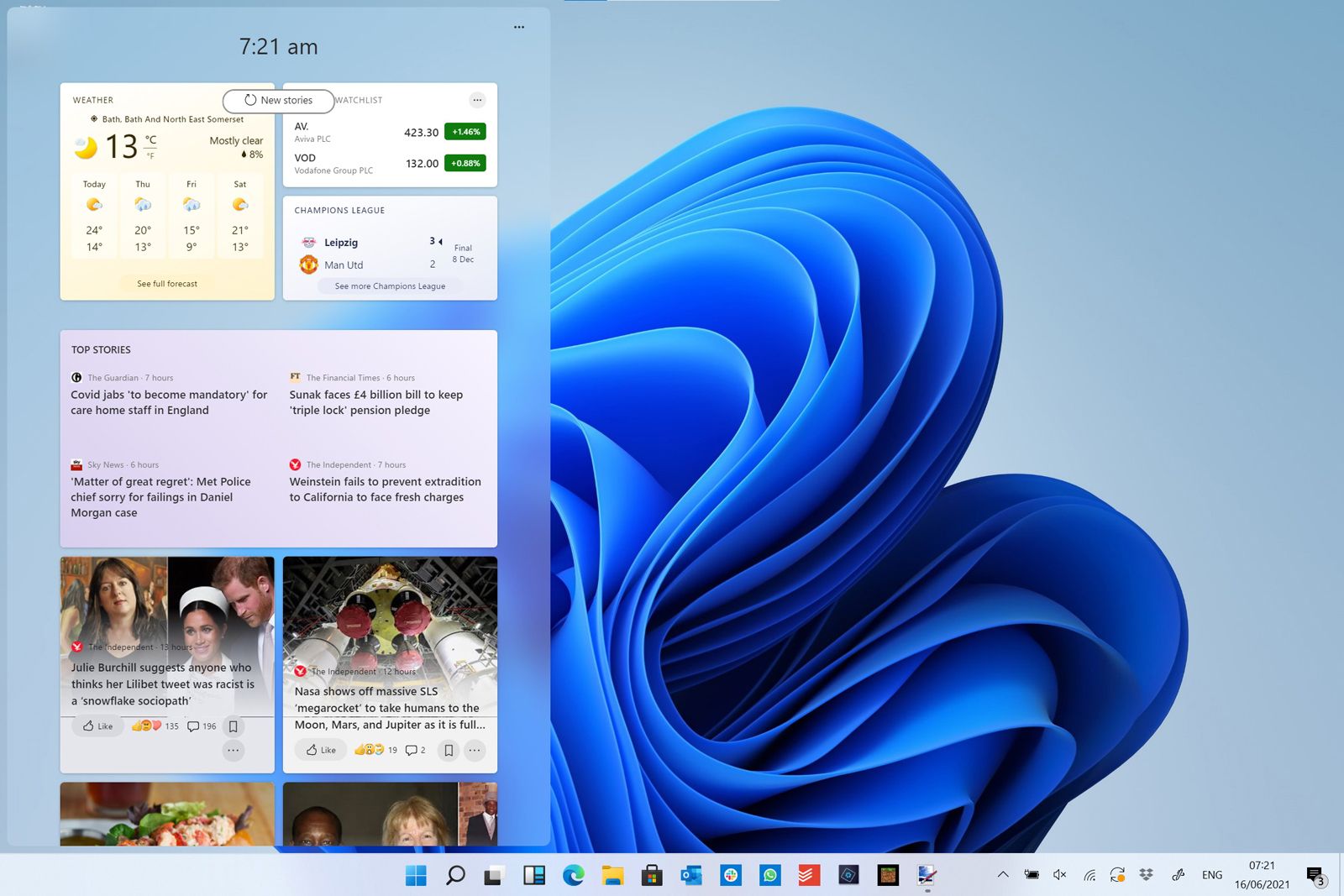We're taking a look back at the complete history of Microsoft Windows.
But Windows wasn't always known as Windows. If a rose by any other name would have smelled as sweet then we'd all be using Interlace Manager every time we turned on our computers. That was how it all began for Microsoft's project in 1981 when what became Windows was first under development.
Fortunately, by the time Windows 1.0 was released in 1985 some clever soul thought a slightly more consumer-focused name might be better. They were right. And the rest, as they say, is history.
- Microsoft Windows 11: Features, release date and more for the next generation of Windows
- How to download Windows 11: Get the free Windows update now
Windows 1.0 (1985)
Initially, Windows was little more than an operating environment add-on for DOS. MS DOS Executive was another of its names that fell by the wayside but it more accurately described the user-friendly GUI addition to computing.
Microsoft had worked on the early Apple computers - prior to the Macs - on their desktop accessories and much of the Windows look was licensed from Apple. There could be no overlapping of windows, so tiling was used to put them side by side instead, and there was no trash can either, as implemented in the Apple OS.
Despite the addition of some familiar faces in the shape of Calculator, Calendar, Cardfile, Clipboard Viewer, Clock, Control Panel, Notepad, Paint, Reversi, Terminal and the Word predecessor, Write, there was no great popularity for the system.
Windows 2.0 (1987)
Two years on, the second iteration was fundamentally about improvements to the memory management and the interface itself; two of the most important areas of any OS.
Windows 2.0 opened up the expanded memory for programs to use which was normally saved for running peripherals. It meant a greater ability to multi-task and it began to look more like the real picture with Microsoft sneaking overlapping windows into the design.
The system introduced new keyboard shortcuts and the now-famous Excel and Word applications. The real boost to the OS though was that the hugely popular desktop publishing software Aldus PageMaker (later succeeded by Adobe InDesign) was released in a Windows variant.
It was the first major piece of third-party software to come in both Windows and Mac and is the moment many historians herald as the turning point for Microsoft. The system was now, on one level, equal to Apple's.
Windows 3.0, 3.1 & 3.11 (1990)
Windows 3.0 was the first success for Microsoft in the commercial sense. The company had re-written critical operations in Assembly rather than C making them lighter and faster and the introduction of virtual memory and VGA cards meant a more efficient, more powerful and more graphic-capable platform.
Virtual memory was able to trick applications into thinking that they were using large blocks of address space when it was actually fragmented and often spilled into the storage disk rather than just using the RAM.
It meant Windows could successfully run more programs at once. The system was also flexible at the same time, meaning that if you would rather offer applications the protection of running in one block them you could automatically assign specific space for that too.
Windows 3.0 sold 2 million copies in its first six months rising to 10 million over the next 18.
3.1 was released in reaction to IBM's OS/2 2.0 operating system software that had initially been a joint venture with Microsoft. It contained the same bug fixes and multimedia support. By the time 3.11 came out Microsoft had made sure they'd seen off the threat from IBM and Windows had gone 32-bit.
Over the same period, Microsoft had been added more and more Mac OS-style features to their OS until the former employer sued the company under 189 charges relating to the Apple "look and feel" of Windows. Of those, 179 were dismissed and the last 10 were deemed ideas that were simply non-copyrightable.
Windows 95 (1995)
10 years after the launch of the initial version of Windows and it was time for a serious facelift.
Windows 95, originally codenamed Chicago, saw a significant step change in the user interface with the Start menu and taskbar as well as offering impressive under-the-hood improvements too.
It introduced pre-emptive multitasking into the operating system which was a way to ensure that each application gets a fair chunk of the CPU while it's trying to run. It's possible because of an interrupt mechanism which can suspend apps already in execution and order their power resource demands. Every 32-bit program was now also given a separate address space meaning that one bad program wouldn't bring the whole system crashing down. Through these two advances, Windows was now much more stable than before.
The great addition from the user end was Plug and Play which made the previous driver hunts a lot less important along with a lot of CD-ROMs that came with various bits of peripheral kit. The system allowed for automatic detection and installation of hardware with considerably less faff than ever before on PCs.
File names could now be as long as 250 characters and the supported RAM on Windows 95 was up to 512MB with a virtual effect of 2GB. DOS was pretty much altogether bypassed and now just used as a boot-loading device.
Windows 98 (1998)
Despite better support for the FAT-32 file system, new hardware drivers and allowances for disk partitions larger than 2GB, Windows 98 was heavily criticised for its slowness and unreliability compared to the previous release.
Most of the problems were cleaned up by the second edition (Windows 98 SE) one year later but there was further controversy in the user interface with Internet Explorer's integration into the design and into Windows Explorer.
It eventually led to the accusation that Microsoft was abusing its position at the expense of the waning browser competition that was Netscape Navigator (the forerunner of Mozilla Firefox). Ultimately, the case had little effect on the success of either company and eventually, Windows 98 was appreciated by consumers the world over.
Windows ME (2000)
Windows ME - Millennium Edition - never received a lot of love and has to be marked out as a failure.
The turn of the century OS was more of a stop-gap than anything else while plans were afoot to merge the Windows business line, Windows NT, with the consumer stream (this happened with Windows XP).
Essentially, ME had the same core as Windows 98 but adopted many of the features of the latest entrant in the NT range - the very popular Windows 2000.
It had enhanced multimedia and internet capabilities with the introduction of Windows Movie Maker as well as Universal Plug and Play which allowed for a far more seamless, automatic approach for connecting network devices.
You could no longer boot the OS into DOS and it was the last version not to include the online Product Activation system.
ME was lambasted for its instability (sadly true) and was often referred to with alternative acronyms like Mistake Edition. Perhaps its one moment in the sun was the introduction of System Restore which still exists today.
Windows XP (2001)
Windows XP was the best version of Windows to date and is still fondly remembered by many.
Codenamed Whistler, Windows XP was arguably the best version of Windows ever despite its divisive look.
It unified Microsoft's business and consumer Windows products meaning that the consumer version had better security and stability.
The new approach of one OS with several variants was added which is why we got Windows XP Home Edition and Windows XP Professional. It had a bunch of new features added in the huge Service Pack 2 update, and it became the longest-lasting Windows OS, selling from 2001-2007.
Windows Vista (2006)
Compared to XP though, Vista was a failure. It became one of Microsoft's most contentious operating systems. First available to businesses, the software (codenamed Longhorn) was finally given to the public at the beginning of 2007 with a brand new user interface, it got on the end of some very harsh reviews indeed.
As well as introducing the Windows Aero look with its more aesthetic designs (but thirsty graphics card requirements), Vista also had a strong focus on security, though User Account Control - those pop-ups you get when you install things - irritated users. UAC is still with us today though, albeit in a more chilled out fashion.
Despite all the troubles, Vista still outsold XP in its equivalent first month with 20 million copies leaving the shelves. However, in a survey of businesses, only 8% were satisfied with the product compared to the 41% that had been happy with XP. There were reports of many users downgrading back to Windows XP but one group who were pleased were gamers. Vista included DirectX 10 which offered them even better graphics fun than ever before.
Windows 7 (2009)
Curiously, the 8th consumer release of the Microsoft OS, Windows 7 was really very similar to Vista but with plenty of refinements while hardware was now able to run it much more effectively.
It was codenamed both Blackcomb and Vienna and cane in both 32-bit and 64-bit versions. It had a significantly faster boot time, better power management options for notebook users and also featured multi-touch. It was so good that it hampered Windows 8. Talking of which...
Windows 8 (2012)
Windows 8 was introduced just a few short years after the release of Windows 7 and to say it brought a number of new graphical and user-interface changes is an understatement. The problem was that it just wasn't that intuitive, Microsoft did a bad job at communicating the changes.
This new version had a focus on touchscreen devices and was designed to that end with a new user-interface system that left many confused and frustrated. While many PCs feature touch now, that wasn't necessarily the case in 2012.
Apps were also a big deal in this operating system and Microsoft was keen to push Windows Store for downloading them as well as purchasing new software. It's fair to say that Microsoft has had mixed success here.
Despite the complaints about Windows 8 being confusing, over 60 million copies had sold by January 2013. However, that's partly because the first version received an upgrade...
Windows 8.1 (2013)
In late 2013, Microsoft launched Windows 8.1 - a free upgrade for Windows 8 users that was intended to fix many of the problems that people were complaining about at the time.
This involved tweaks to the user-interface design - most importantly bringing back the classic Start button.
Other improvements included the enhancement of various apps, changes to the Start screen and a variety of improvements to usability and overall design. It was much better for use on traditional laptops and desktops than standard Windows 8.
Windows 8.1 was received with much more praise and was generally liked by most. It was also slimmed down, enabling Windows to be installed on computers with lower specs including as little as 1GB of RAM and 16GB of storage.
Windows 10 (2015)
Windows 10 came in the hazy days of 2015. This version of Windows was, at the time, a free upgrade for all Windows 7, 8, and 8.1 users and as such a sensible choice for almost everyone. The system requirements were basically the same as Windows 7.
Where Windows 8 put a focus on the tablet touch-interface experience, Windows 10 put the desktop at the centre stage again even if there remains a Tablet Mode which can be automatically switched across to.
Windows 10 essentially restored the tried-and-tested design of the operating system while breathing new life into it with a fresh, clean and modern design.
Support for both fingerprint and face recognition login also appeared making for much more user-friendly login experiences on tablets and mobile devices.
With Windows 10, Microsoft also changed the way the operating system got its updates. So much so that patches, drivers and more are downloaded and installed automatically without the need for users to be involved.
Regular feature updates from the company mean the operating system is constantly improving too - it currently gets two major updates a year and as such Microsoft hasn't felt the need to release a completely new version over the last five years.
Windows 11 (2021)
Windows 11 launched in October 2021 with some subtle changes but quite a lot of similarities to Windows 10. It was a free upgrade for users of Windows 10, so a welcome addition for many.
Windows 11 had a few teething issues, but not many and packs many nice features that we enjoyed including improved window snapping, grouping and more.

